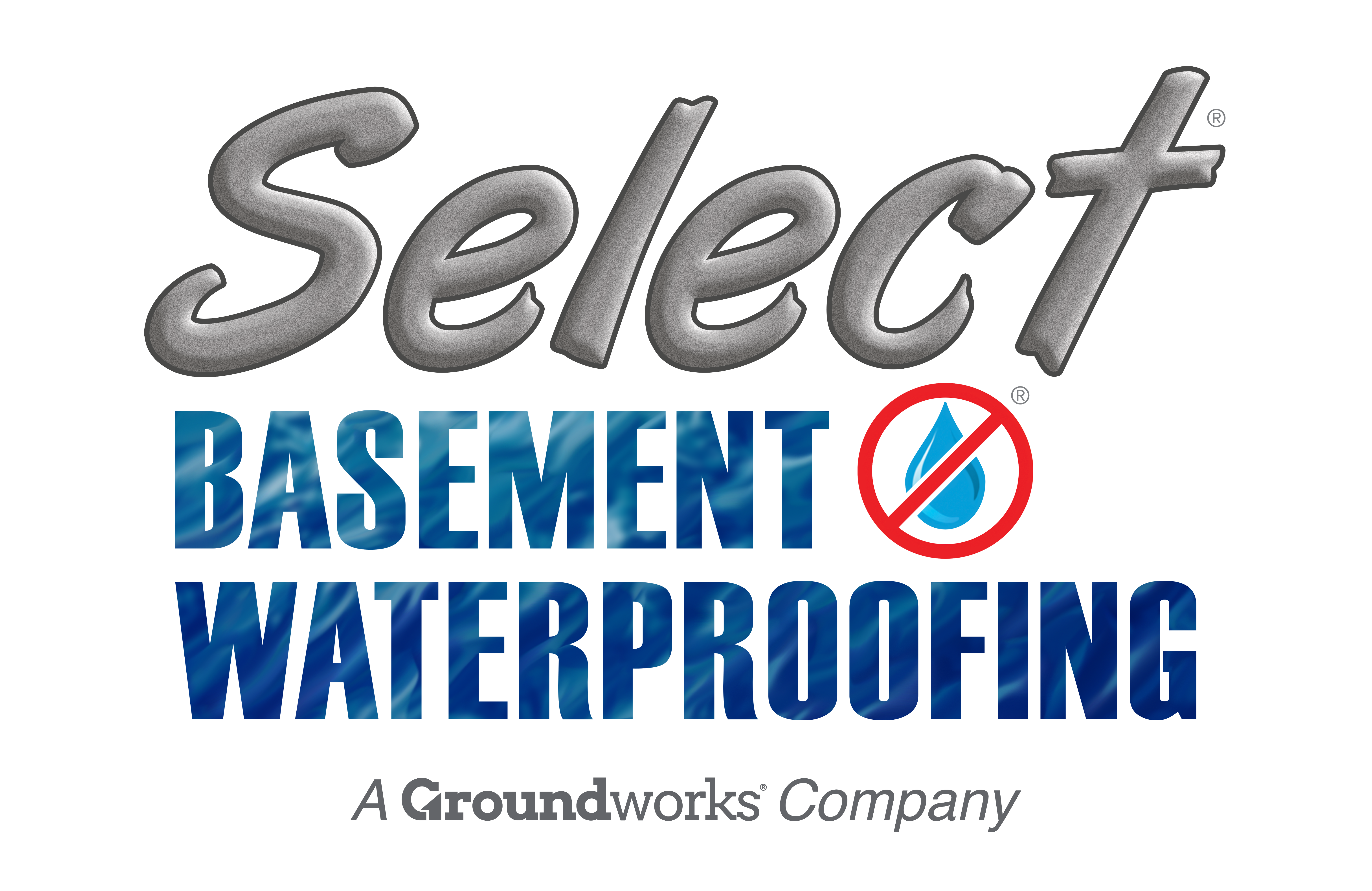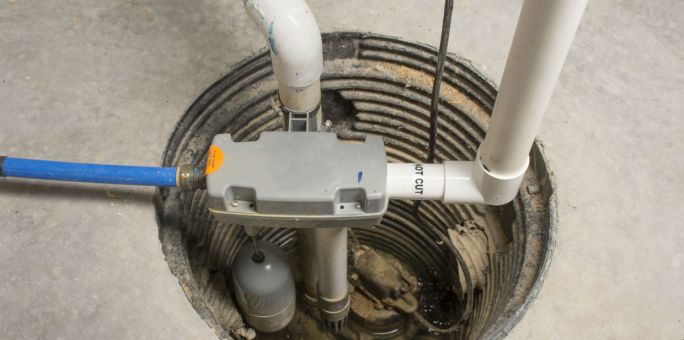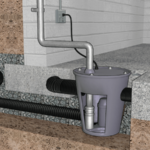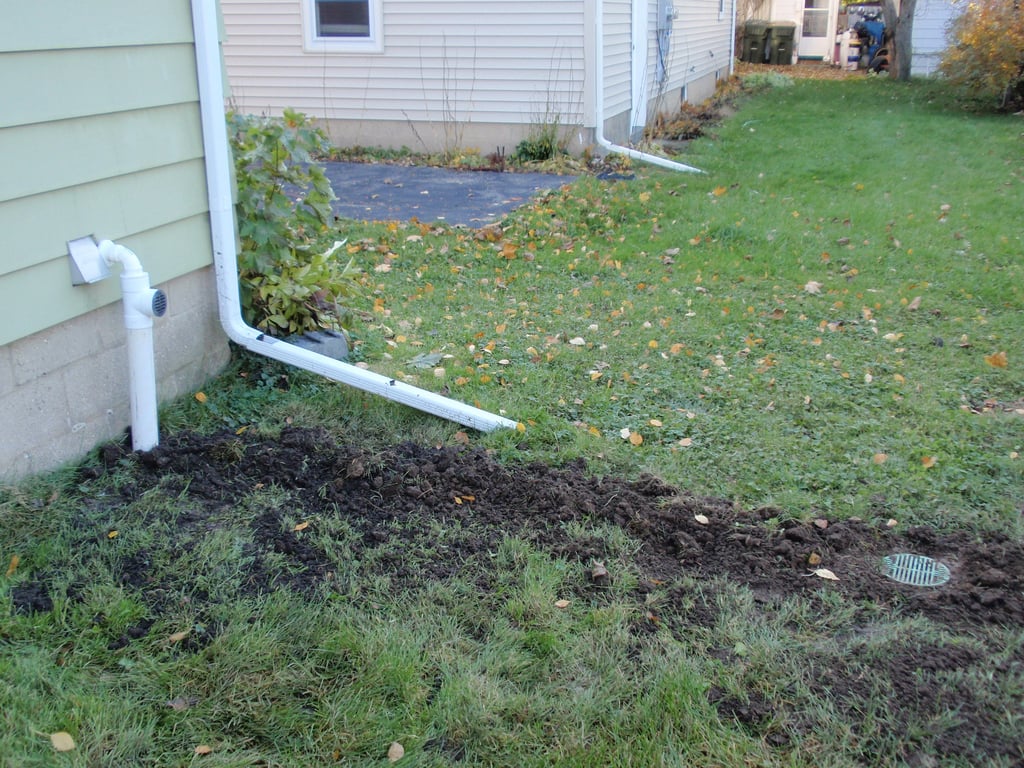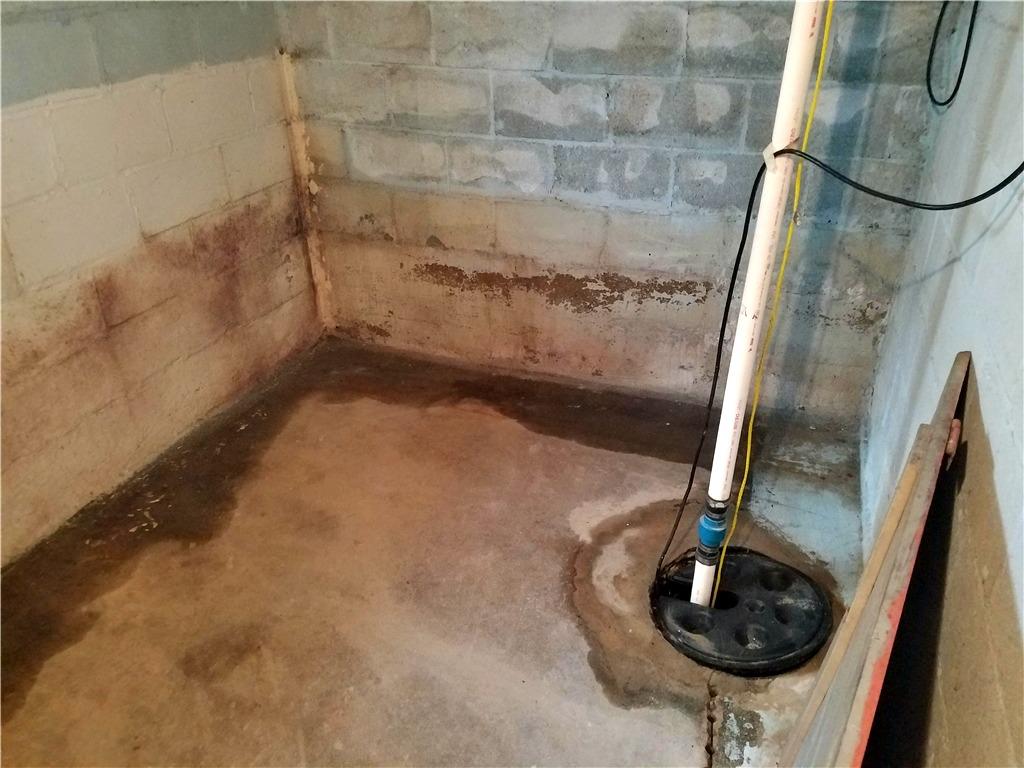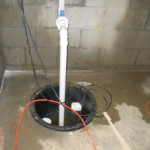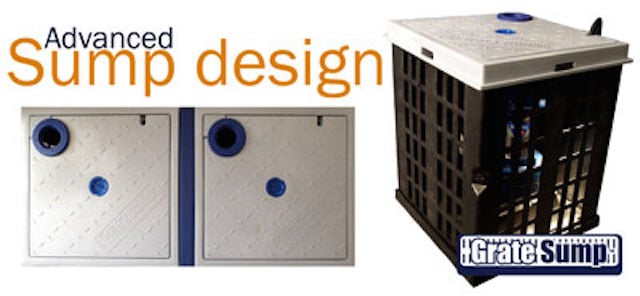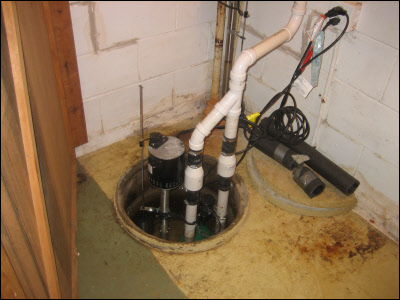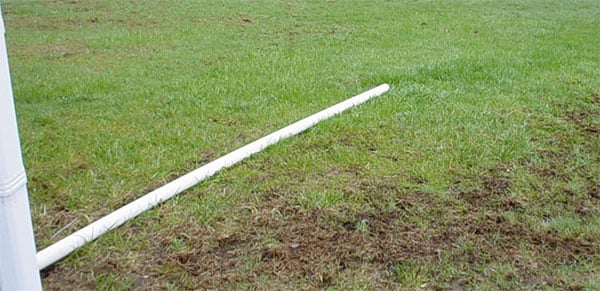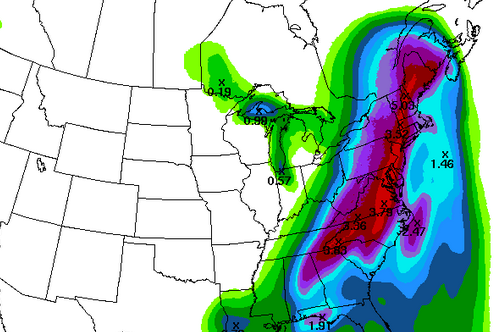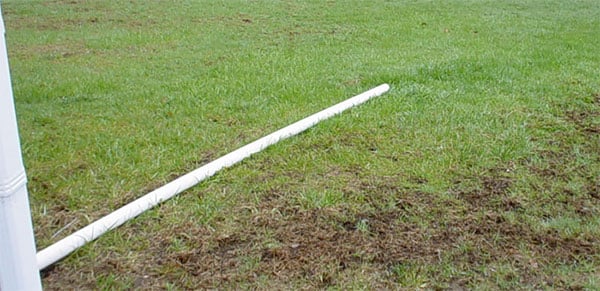Sump Pump Discharge Lines
Our sump pump discharge lines are often the last things we consider when we talk about basement waterproofing systems, yet are a very important piece. Your sump pump discharge lines can have a direct impact on how well your basement waterproofing system performs, and should be evaluated to increase system efficiency and prevent backup.
Problems with improperly set-up sump pump discharge lines
One of the more common things we see with improperly set-up discharge lines is an overabundance of angled fittings. Understandably, some basement and crawl space layouts don’t necessarily allow for a nice, short, straight exit out of the home, but you certainly don’t want a “pipe-rollercoaster” downstairs. This can lead to severely decreased water output, and strain on your sump pump’s motor.
Another item to consider is winter freezing. During the wet Spring months, you may want the water to discharge far away from your foundation, so you extend the line far away. During the winter months however, this can increase the risk of freezing. A frozen discharge line can mean a freshly burned out sump pump, as well as water backing up into your home. Reduce this risk by shortening your discharge line in the winter, and check it periodically.
How often does your sump pump burn out? Share your experience below in the comments! Contact us today ( (800) 593-8379) for a FREE Estimate on sump pump installation.
